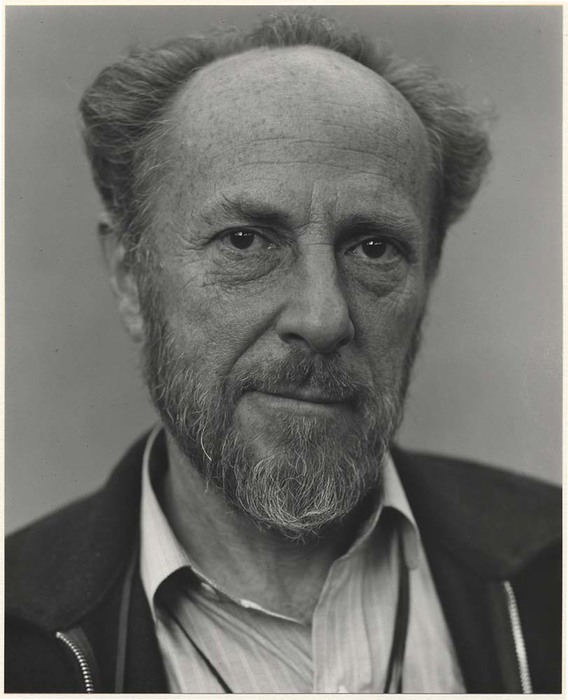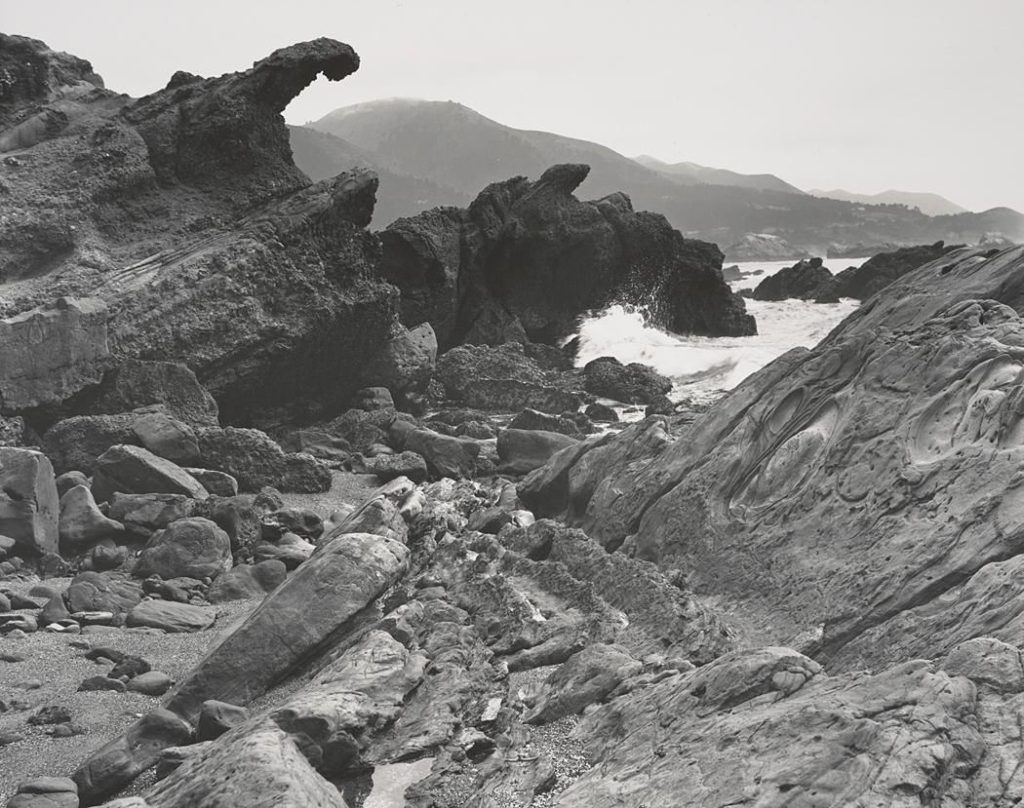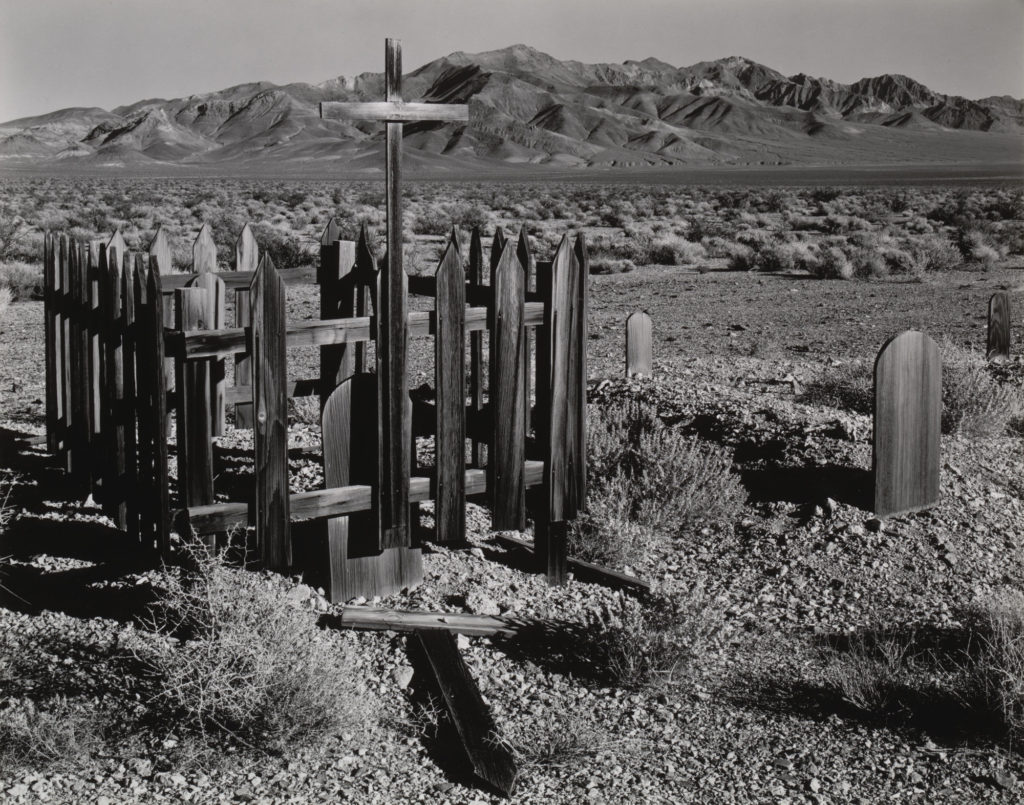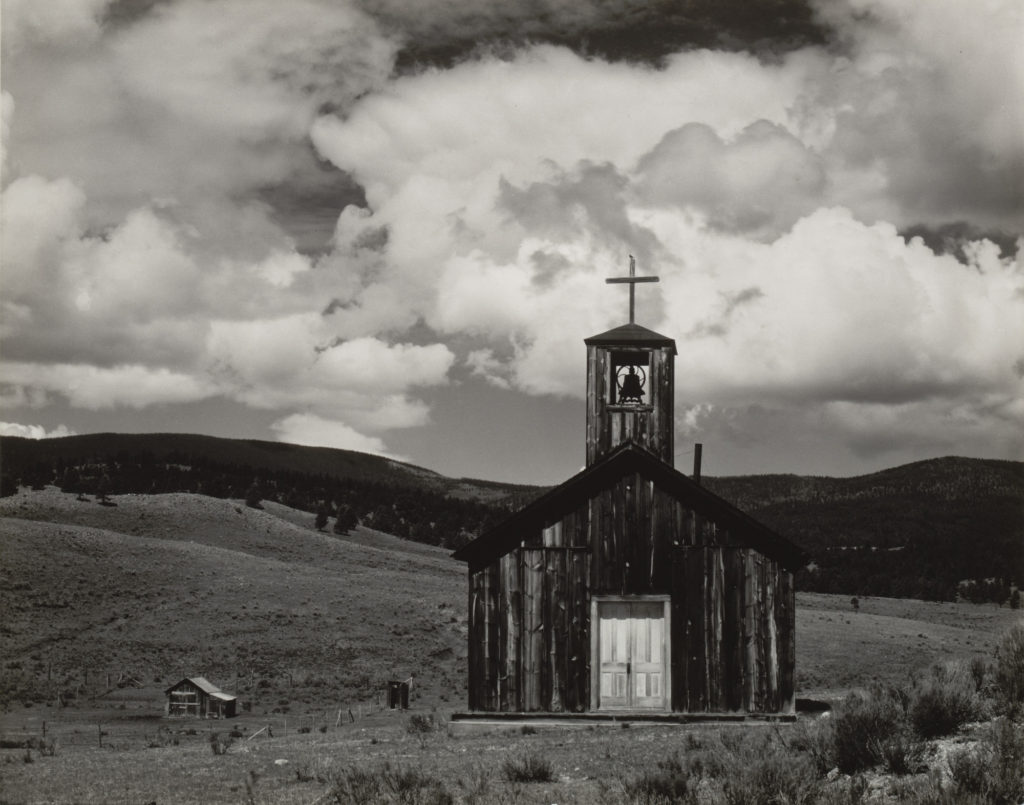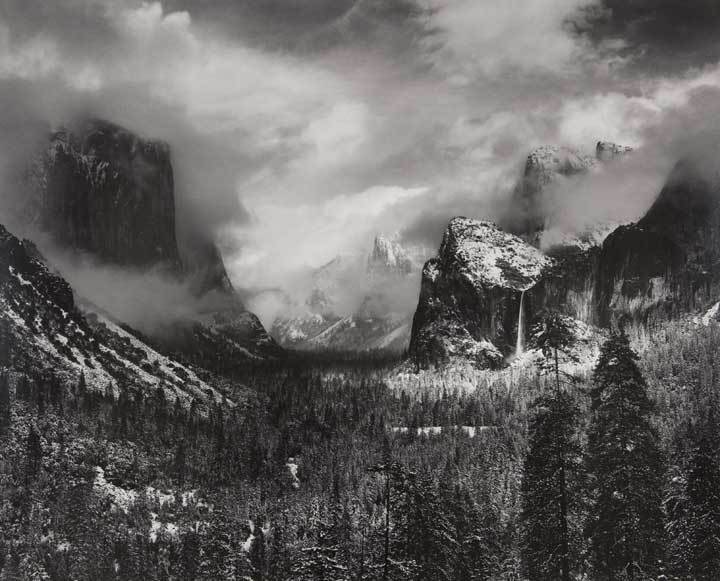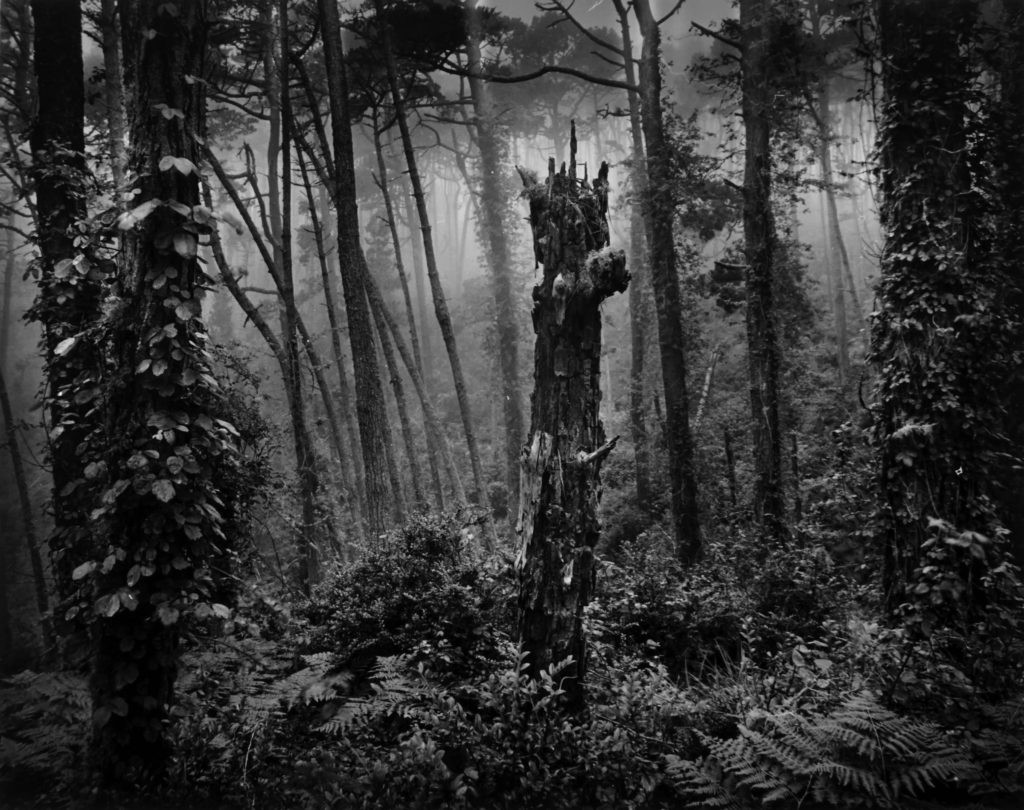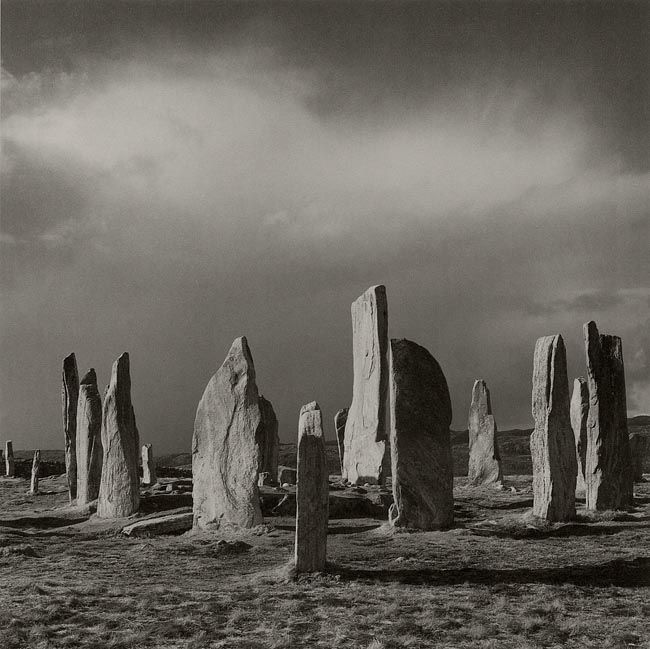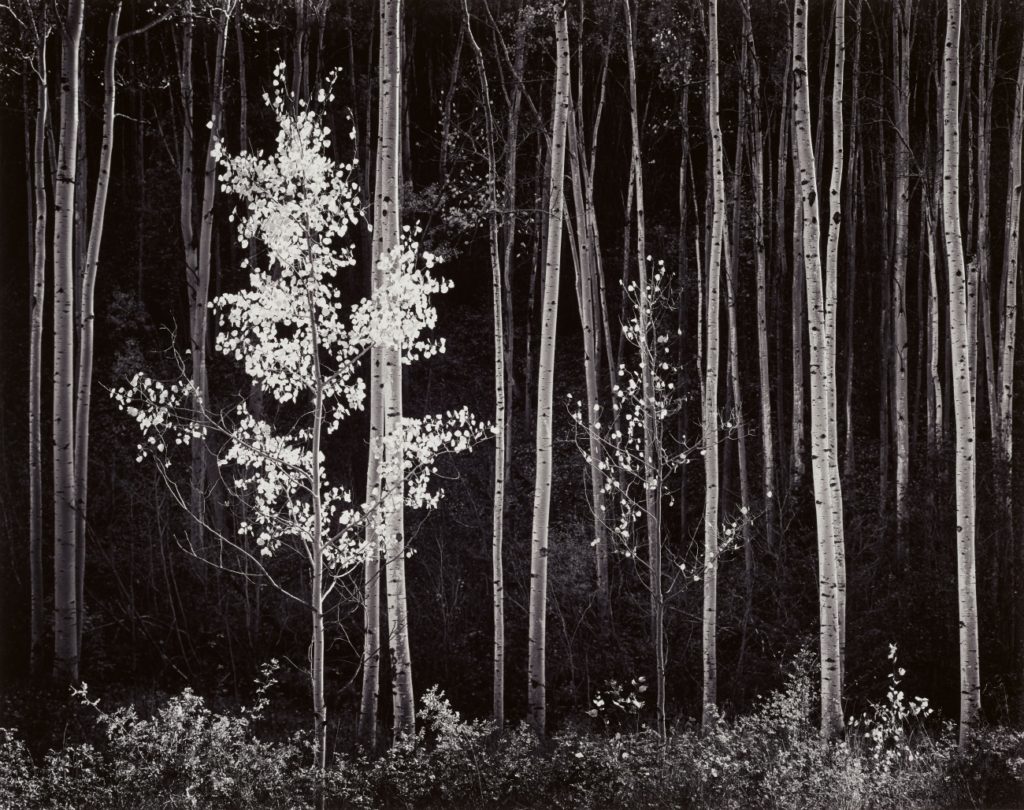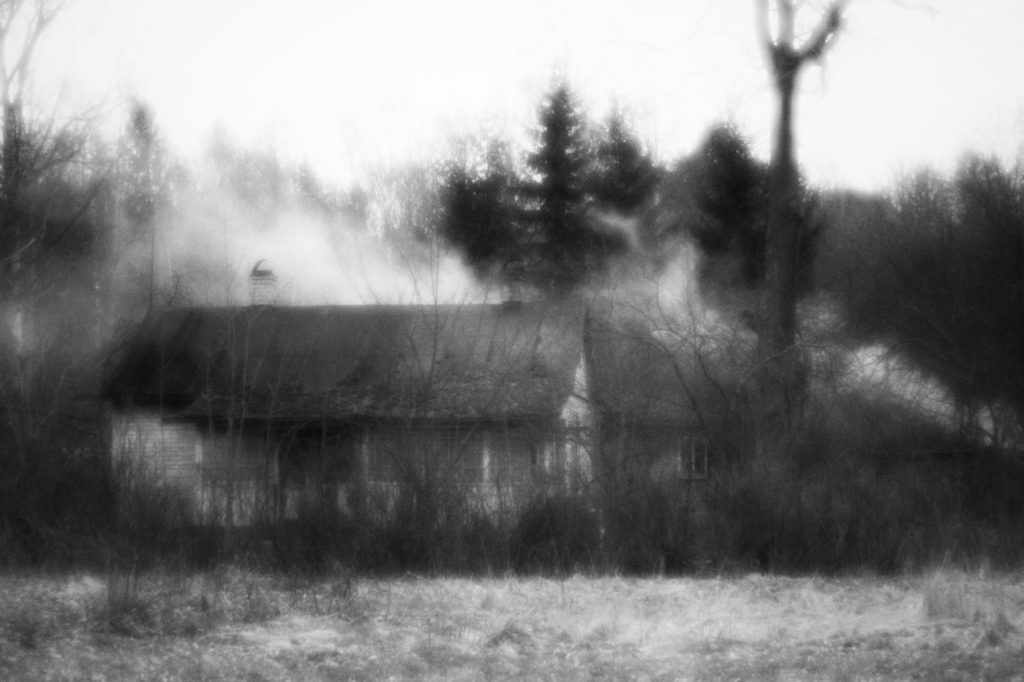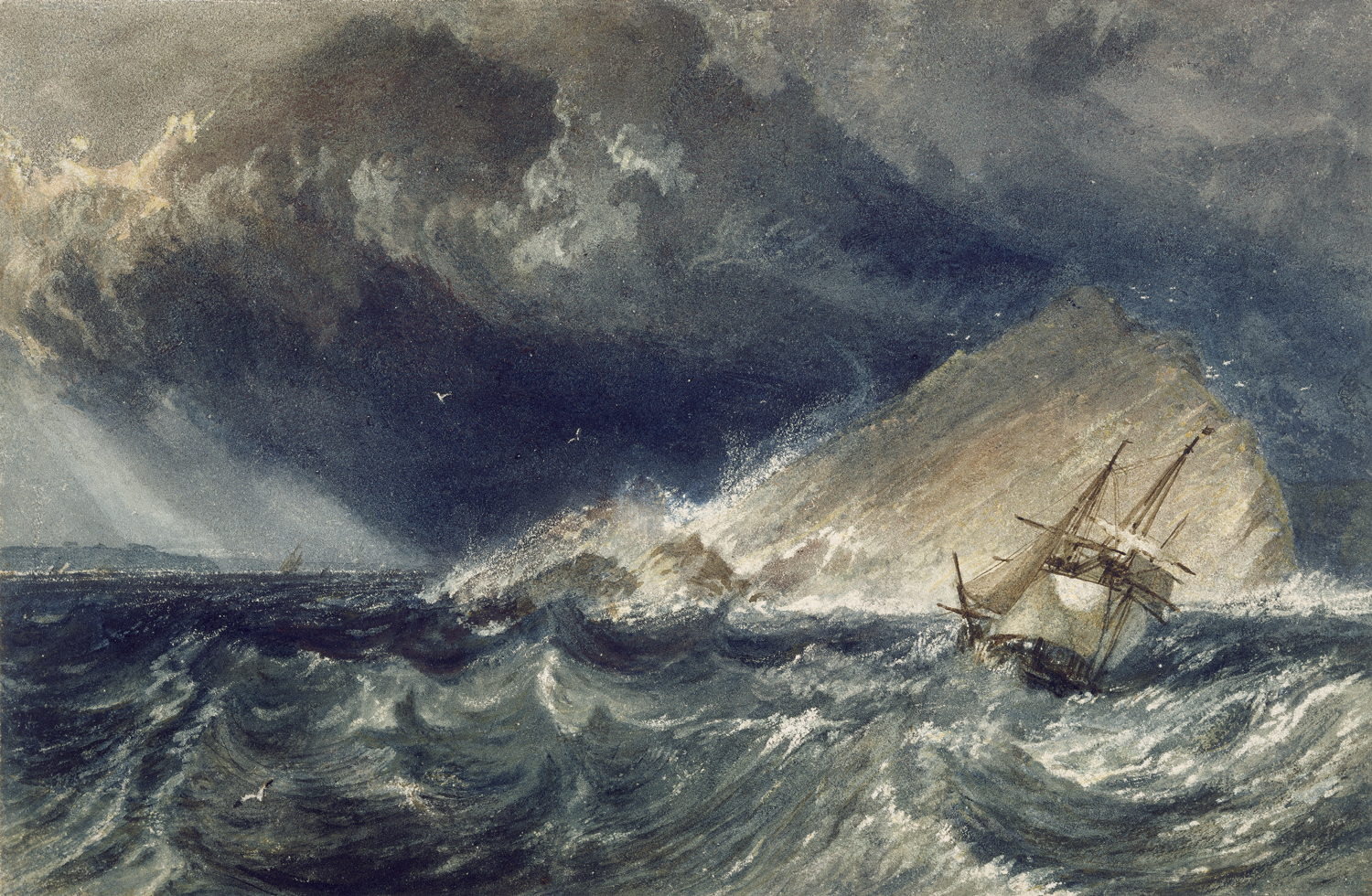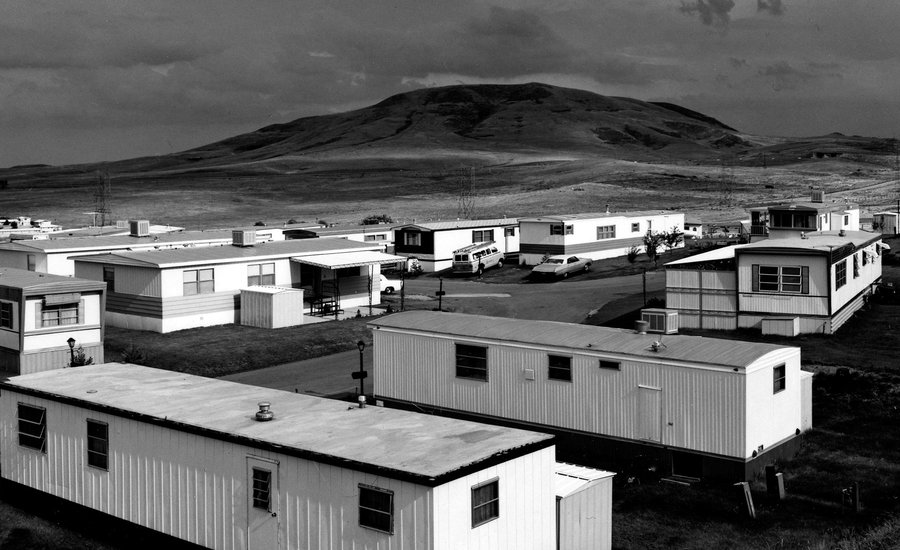Ansel Adams

Ansel Adams, Monolith, The Face of Half Dome, Yosemite National Park, California, 1927 
Ansel Adams 1942 USA 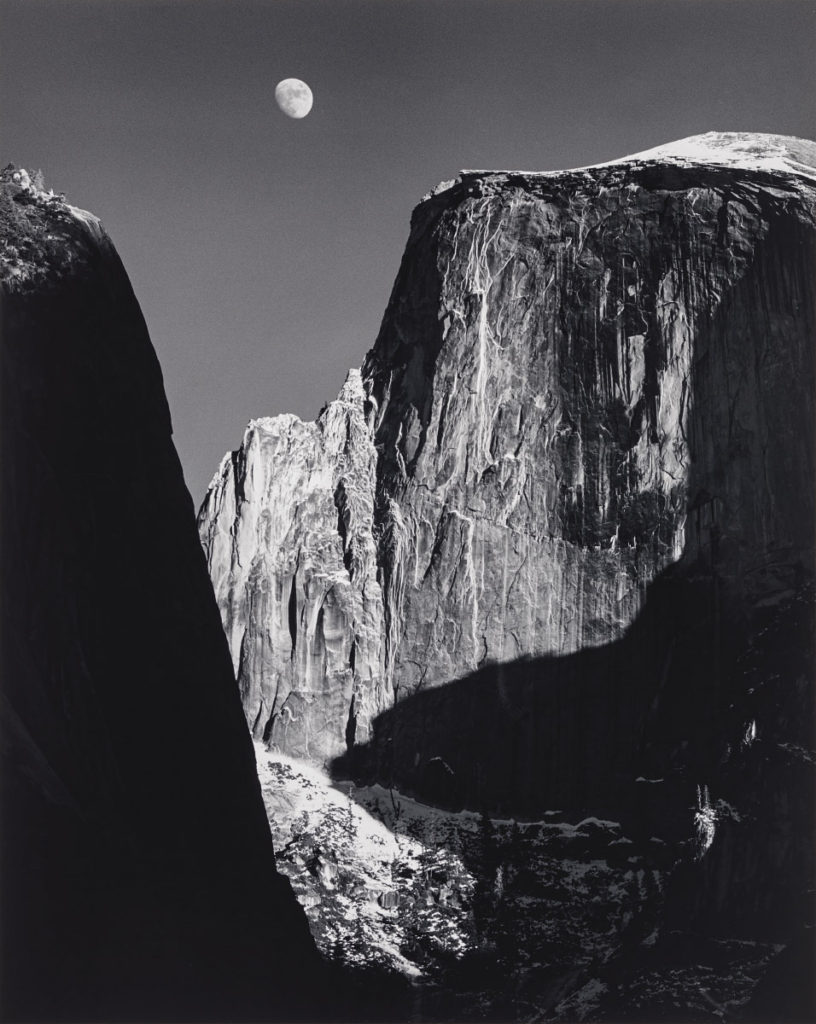
Ansel Adams (American, 1902–1984); Moon and Half Dome
Ansel Easton Adams was an American landscape photographer and environmentalist known for his black-and-white images of the American West. He helped found Group f/64, an association of photographers advocating “pure” photography which favoured sharp focus and the use of the full tonal range of a photograph. Even creating a Zonal System to ensure that all tonal values are represented in the images. Ansel Adams was an advocate of environmental protection, national parks and creating an enduring legacy of responses to the power of nature and sublime conditions.
Adam was known to have quite a few problems with fitting in at school and society in general when he was a child, but the most important result of Adams’s somewhat solitary and unmistakably different childhood was the joy that he found in nature. As evidenced by his taking long walks in the still-wild reaches of the Golden Gate. Nearly every day found him hiking the dunes or meandering along Lobos Creek, down to Baker Beach, or out to the very edge of the American continent. His love for nature influenced him into capturing the beautiful landscapes he saw before him in his photographs.

Ansel Adams
Adams’s technical mastery was the stuff of legend. More than any creative photographer, before or since, he revelled in the theory and practice of the medium.
This theory, that was produced by him and Fred Archer, was known as ‘The Zone System’. This system is a photographic technique for determining optimal film exposure and development

Minor White
Minor Martin White was an American photographer, theoretician, critic, and educator. He combined an intense interest in how people viewed and understood photographs with a personal vision that was guided by a variety of spiritual and intellectual philosophies. Starting in Oregon in 1937 and continuing until he died in 1976, White made thousands of black-and-white and colour photographs of landscapes, people, and abstract subject matter, created with both technical mastery and a strong visual sense of light and shadow.
Through the idea of photographs as equivalents (learned from Alfred Stieglitz) and the Zone System (learned from Ansel Adams), White practiced using tonal values as a form of expression. Edward Weston also influenced White’s use of visual form as a way to express universal ideas.

Minor White
Edward Weston
Edward Henry Weston was a 20th-century American photographer. He has been called “one of the most innovative and influential American photographers. He was also “one of the masters of 20th century photography”.
Over the course of his 40-year career Weston photographed an increasingly expansive set of subjects, including landscapes, still-life’s, nudes, portraits, genre scenes and even whimsical parodies. It is said that he developed a “quintessentially American, and especially Californian, approach to modern photography“
Due to his focus on the people and places of the American West. In 1937 Weston was the first photographer to receive a Guggenheim Fellowship, and over the next two years he produced nearly 1,400 negatives using his 8 × 10 view camera. Some of his most famous photographs were taken of the trees and rocks at Point Lobos, California, near where he lived for many years.
Ralph Eugene Meatyard

Untitled, c. 1967-70 
Untitled, c. 1968 

Untitled, 1968 
Untitled from The Unforeseen Wilderness, 1967 – 1971 
Untitled, c. 1968-72
Ralph Eugene Meatyard was an American photographer known for his enigmatic portraits and use of multiple exposures. Though he did not gain much recognition during his lifetime, the artist’s haunting images of masked children have since established him as a key figure in American photography.
He first came into contact with photography in 1950 through his job of being an optical firm in Lexington, KY, which sold both optical and photo equipment. After purchasing his first camera, Meatyard joined the Lexington Camera club and learned many of the basics of the medium from another club member named Van Deren Coke.
The artist continued his education in the mid-1950s, when he attended a summer photography course taught by Henry Holmes Smith and Minor White at Indiana University. In the years that followed, he began to incorporate his interest in Zen philosophy and jazz music into his practice.
Eugene Meatyard’s collection: Zen
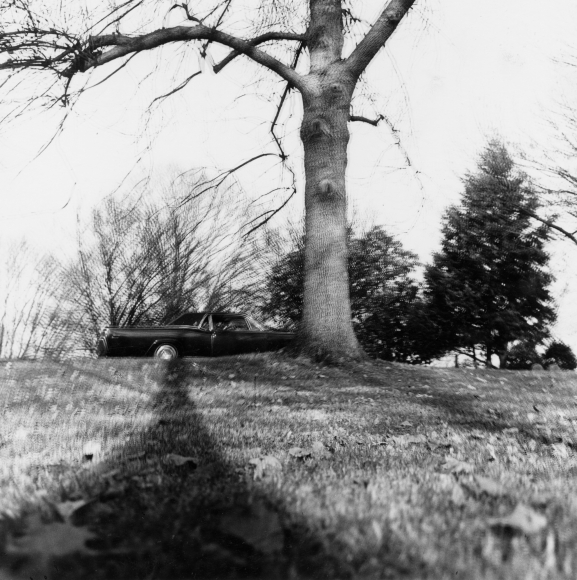
Untitled, c. 1968-72 
Untitled, 1960 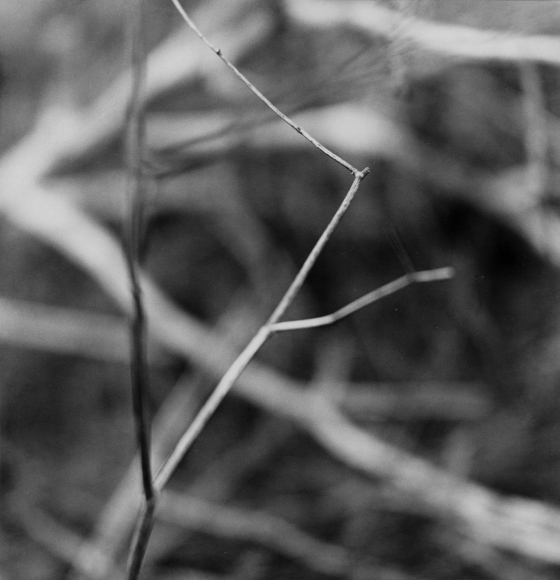
Untitled, c. 1959 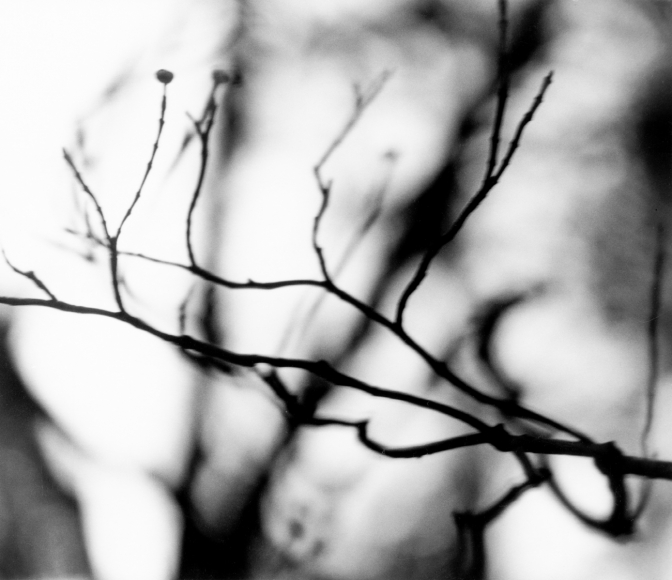
Untitled, 1962 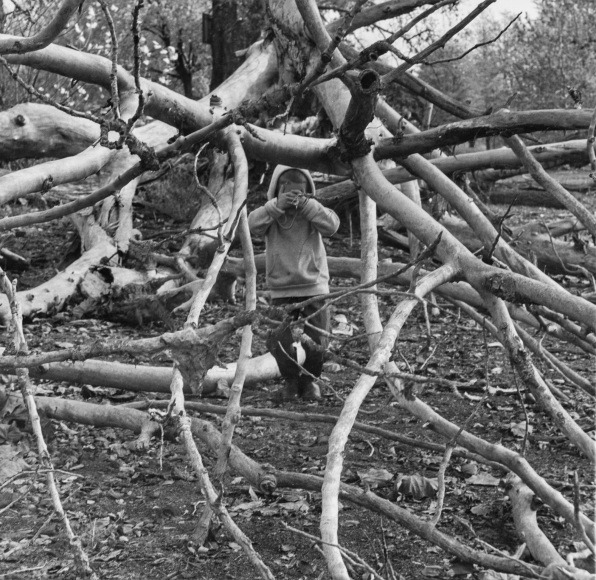
Untitled, c. 1963




